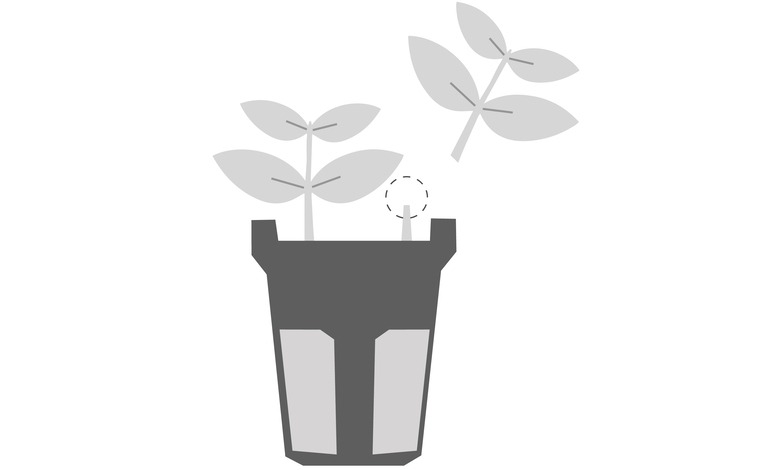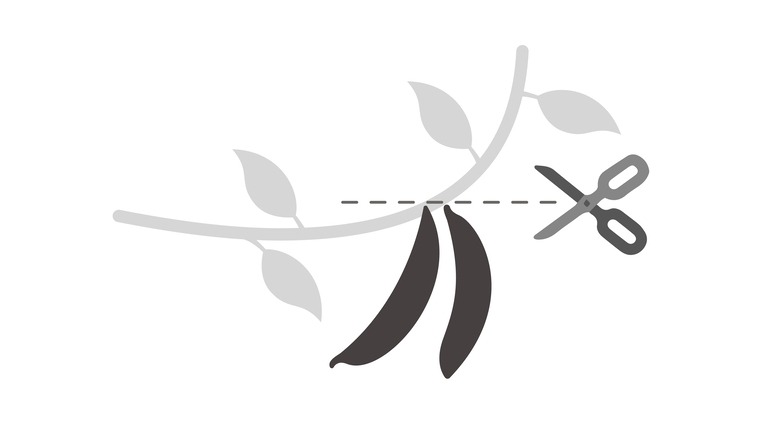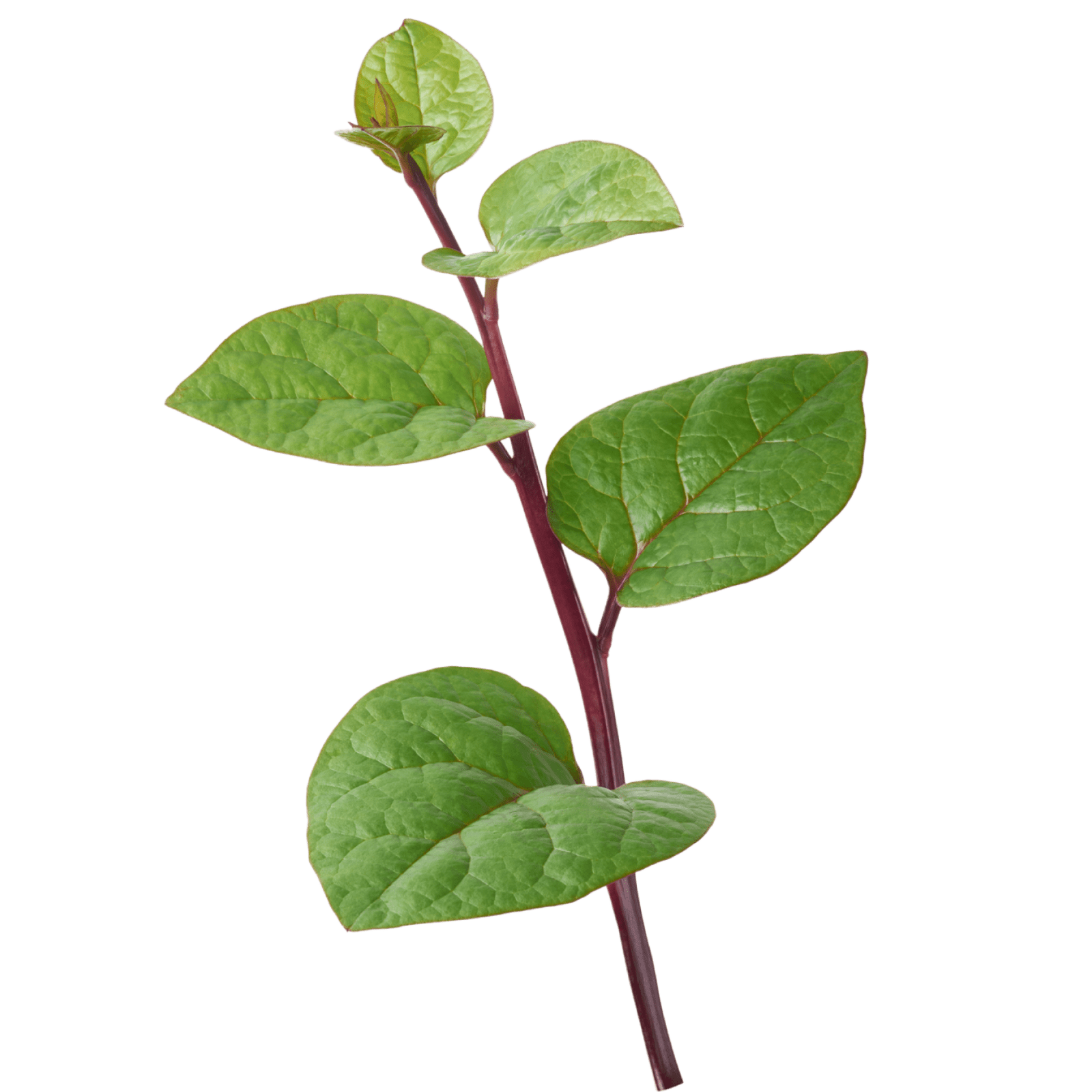- Category:Vine
- Germinates:7 Days
- Ready to harvest:55 Days
- Est. grams per harvest:55
- Shade Group:1
Plant Care Timeline
Plant Benefits
- Vitamins:Vitamin A 56%, Vitamin K 118%, Vitamin C 14%
- Minerals:Manganese 13%, Iron 10%
Use and recipes
Malabar Spinach, also known as Basella alba, is a fast-growing, tropical climbing plant, renowned for its edible leaves. Despite its name, it’s not a true spinach but offers a similar flavor and texture. Malabar spinach is a popular leafy green in Asian and African cuisines, loved for its thick, fleshy leaves that are rich in vitamins A and C, iron, and calcium.
Unlike true spinach, Malabar spinach thrives in hot, humid weather, making it an excellent choice for summer gardens. Its leaves are glossy, either green or red, and have a succulent texture with a mild, peppery taste. It can be eaten raw in salads, or cooked in a variety of dishes where it holds up better than true spinach, not wilting as quickly when heated.
Stage 1Germination in nursery
Two little round leaves should pop up and grow above the plant pod.
Stage 2 Initial growth
Your plant should have two sets of leaves by now and is big enough to absorb nutrients.
 Move into garden
Move into garden
Once your plant has grown its second set of leaves, carefully move it from your Nursery into an empty place in your Garden.

 Thin out
Thin out
In order to give your plant enough space, carefully pinch off the plants at the their base. Leave all but one plant.

Stage 3 Mid growth
Your plant is now halfway through its life! It should look bigger and have several sets of leaves.
 Guide
Guide
Your plant should be much longer now and needs support. Carefully twist the plant around the side of your Garden, attaching it to a trellis.
Stage 4 Flower
Stage 5 Fruit
Stage 6Harvest
When a pod is swollen a bit and you can see the pods inside, cut your pod off with scissors.
 Harvest plant
Harvest plant
This plant can be harvested multiple times before it should be removed. To harvest, cut off pods and be careful not to damage the main vine.

Stage 7 Remove plant
Remove your plant once it stops producing flowers. It may also be time to remove when your vine gets too long and begins crowding other plants.

